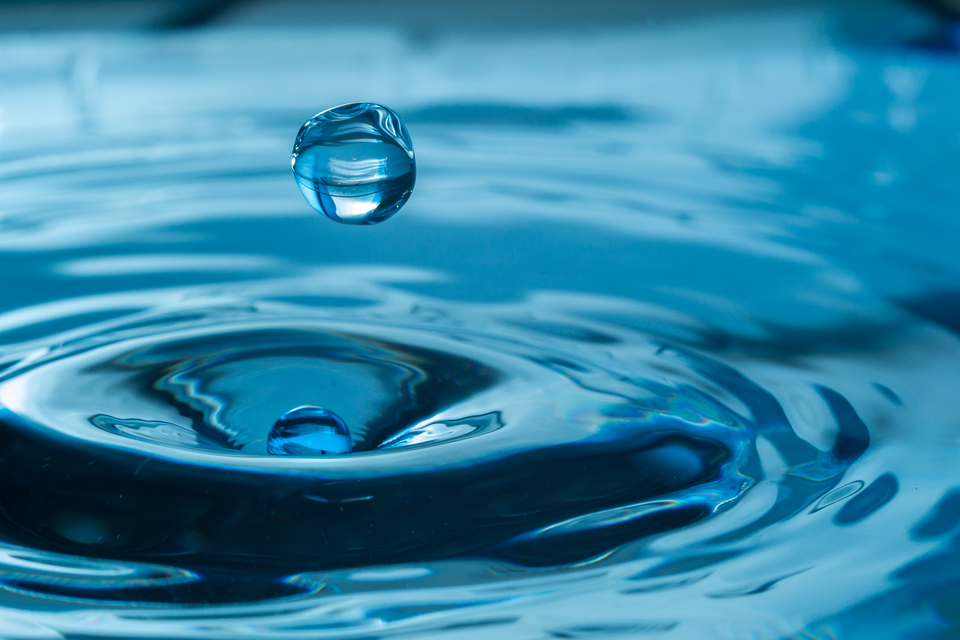Researchers have created a water harvester that can extract large quantities of water from air.
Think of the tiny beads of water that appear on your cold can of soda on a hot day. Yes, the water came right out of thin air, and no, there’s nothing magical about it.
It’s pure science: clean water literally exists in the air around us. Of course, it’s not drinkable in that form.
That’s why various researchers are working on ways to extract water from air for drinking. Metal-organic framework (MOF) provides one such means.
How Metal-Organic Frameworks Extract Drinking Water From Air
MOFs have the highest surface area of any known material. For example, unfolding just one gram of the structure could cover an entire football field.
Thanks to all that internal space, MOFs are perfect for capturing and storing water vapor. And several past studies have done this with varying degrees of success.
Back in 2018, UC Berkeley presented a design that could extract 100 ml of water per kilogram of MOF used. Then, more recently, we got 1.3 liters per day for every kilogram of the material.
However, the researchers at John Hopkins Applied Physics Lab say that their system has smashed these previous records.
Speaking about the project, co-lead author of the study, Zhiyong Xia, said:
“We identified a MOF that could produce 8.66 liters (2.3 gals) of water per day per kilogram of MOF under ideal conditions, an extraordinary finding.”
Not only will the discovery help us further understand MOFs, but it could guide the innovation of the next-gen water harvesting method.
The team described how they attained this feat in their published article in the journal Scientific Reports.
Creating A More Efficient Water Harvester
To create a newer, better-performing version, the researchers studied ten different types of MOFs material.
They examined the properties of the metal-organic framework to understand what makes each more effective. Also, the team investigated how various environmental conditions – temperature, humidity, etc. – affects their ability to extract water from the air.
Now, the researchers are working on creating a more efficient system that could work in drier conditions. After all, that’s where potable water is desperately needed.
More than 1.2 billion people lack access to clean drinking water. So, it’s not surprising that the reduction of water scarcity is a goal of many countries and governments.



















Comments (0)
Least Recent